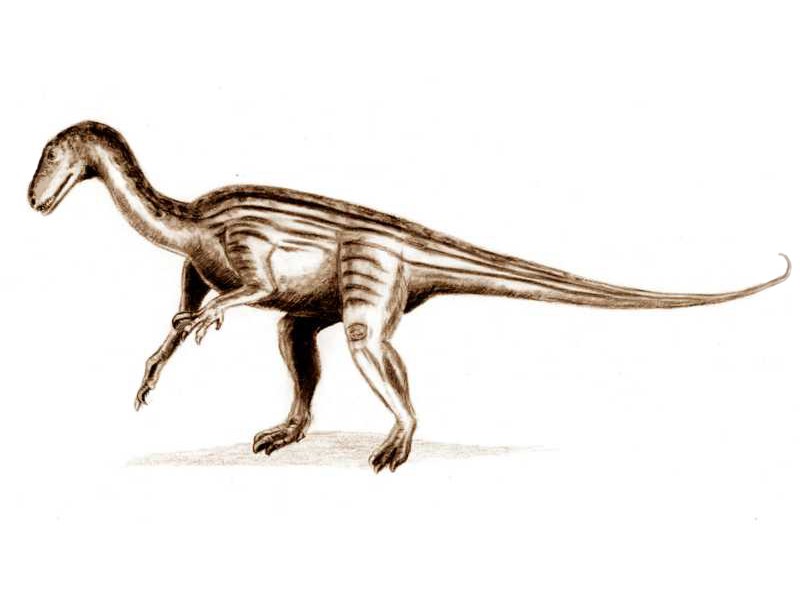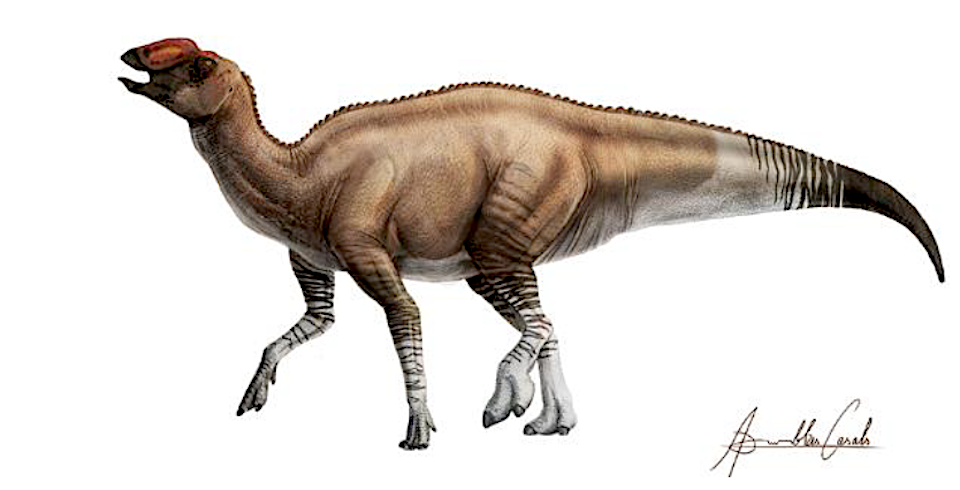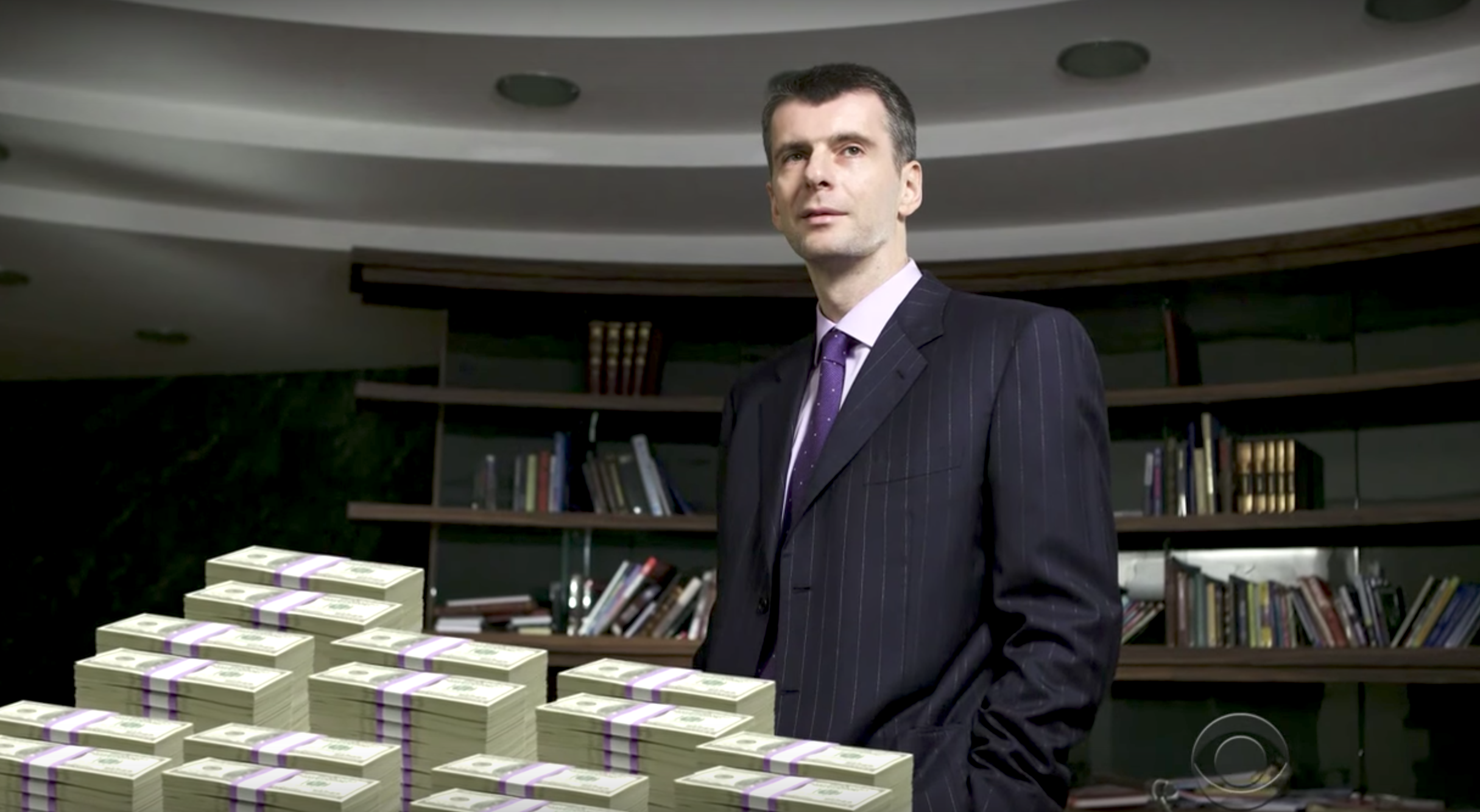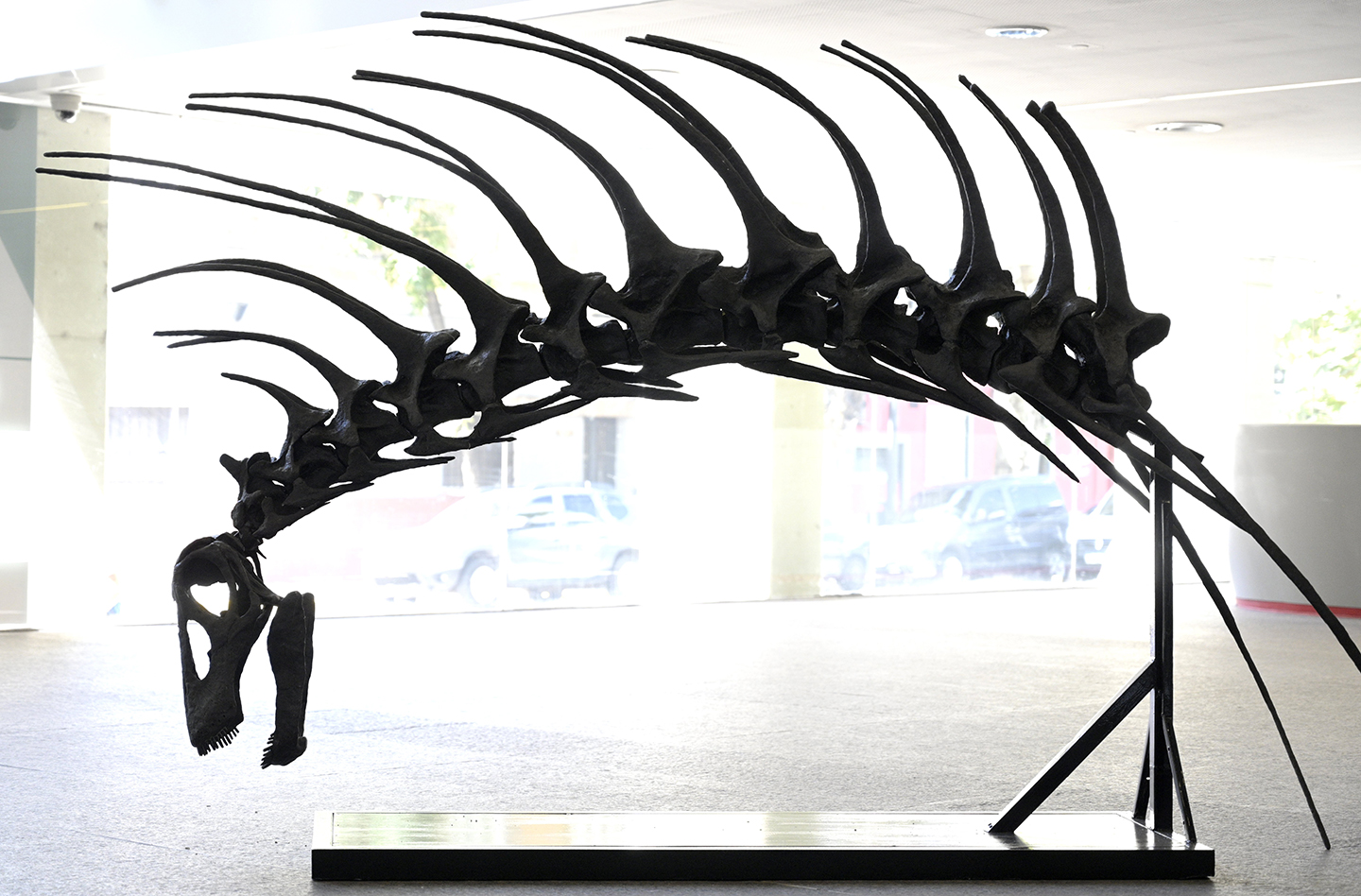“We can rebuild him,” a voice booms. “We have the technology.” In this case, though, the “him” in question isn’t a person — it’s a dinosaur. And it’s not so much a case of rebuilding the whole dinosaur as it is using advanced techniques to rebuild its brain. We’re not quite in Jurassic Park territory yet, but even so: scientists have managed to rebuild the brain of a long-dead creature. It’s a pretty big deal about a pretty small dinosaur — and it might help change our understanding of prehistoric times.
A report from CNN has more details on how the rebuilding was accomplished and what its implications could be. The research was conducted at the University of Bristol, and involved the brain of a Thecodontosaurus, a dinosaur the size of a large dog, which lived around 205 million years ago.
“Experts found that unlike its plant-eating relatives Diplodocus and Brontosaurus, Thecodontosaurus may have eaten meat — and could have walked on two legs,” writes Amy Woodyatt.
A statement from the team that worked on this project offers more insight into their working methods — which involved using a CT scan to obtain data about the dinosaur’s brain from the fossil embedded in the rock.
“The braincase of Thecodontosaurus is beautifully preserved so we compared it to other dinosaurs, identifying common features and some that are specific to Thecodontosaurus,” said Antonio Ballell, who was the lead author of the study.
It’s a fascinating way of learning about the past, and one which may have implications fro other extinct animals as well. As long as no one figures out a way to upload the brain model to, say, a robotic dog capable of opening doors, we’re probably safe as well.
Thanks for reading InsideHook. Sign up for our daily newsletter and be in the know.
















